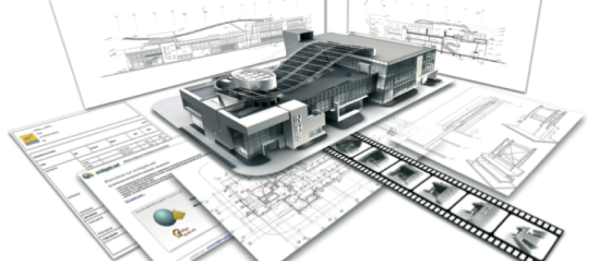In the past weeks, we’ve learnt about how BIM has changed the way many buildings are designed and built. But does a project end at the moment of handover? The answer is no. Buildings have life-cycles just as we do. We are conceived, born, raised, get old, say hi to disease and cancer, get ourselves fixed, one twice maybe a couple of times and then we say bye bye. Buildings are commissioned, designed, built, worn down, renovated a few times, and then eventually get pulled down. How long a building can last for comes down to how well the facility is managed. BIM has fundamentally revolutionised building management providing the building manager with the tools for precision, unparalleled control, analysis and preemptive diagnosis. Continue reading















